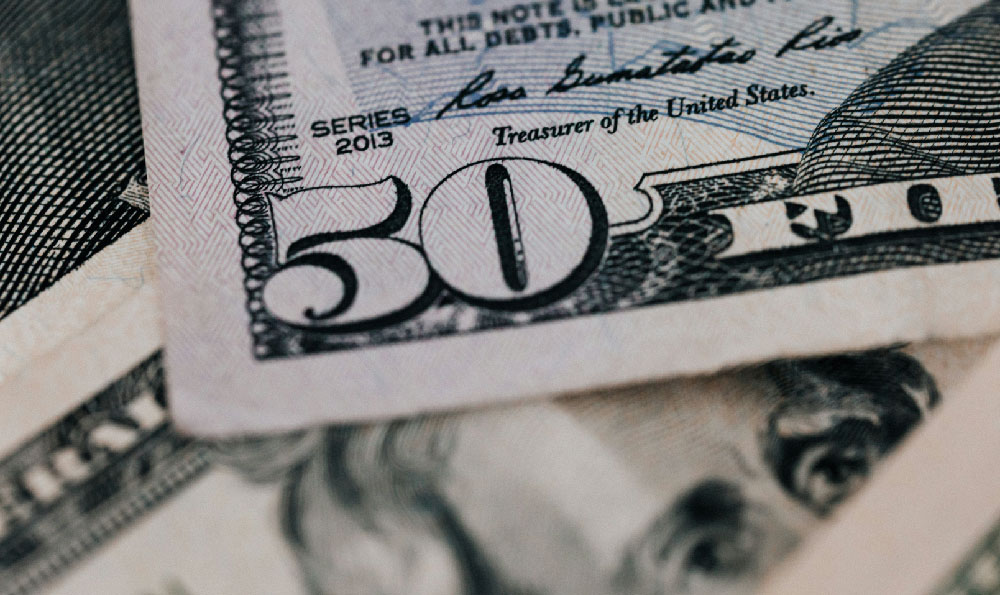Ah, Stardew Valley and wealth. A deceptively simple question with a multitude of nuanced answers. The pursuit of prosperity in this pixelated paradise is not just about planting seeds and milking cows; it’s a game of resource management, strategic planning, and a little bit of luck. Let's dissect how to achieve wealth in Stardew Valley, and more importantly, how to accelerate the process.
Early game efficiency is paramount. The first season, Spring Year 1, is about establishing a foundation. Resist the urge to buy every seed available. Focus on maximizing your initial parsnip harvest. These provide crucial early game funds. The key isn't just planting; it's optimizing. Clear as much land as possible. Utilize fertilizer to improve crop quality, leading to higher selling prices. Energy management is also vital. Don't exhaust yourself chopping wood or mining rocks unless absolutely necessary. Prioritize planting, watering, and foraging. Foraging is often overlooked. The spring onions near Leah's cottage, the horseradish found throughout the valley, and the dandelions are all free money. Sell them. Every gold coin counts.
Fishing is another valuable early game source of income. It requires some skill and patience, but mastering the fishing minigame can provide a significant boost, especially if you can get the training rod at Willy's shop. It’s cheaper than the bamboo pole and helps you learn. Aim to upgrade to the fiberglass rod as soon as possible, allowing you to use bait, which significantly increases your catch rate. Once you can use bait, target higher-value fish like salmon or tuna (depending on the season).

Moving beyond the initial scramble, the focus shifts to specialization and automation. Decide on a primary income stream. Are you going to be a farmer, a rancher, a fisher, or a miner? While a balanced approach is ultimately beneficial, early specialization allows you to concentrate your resources and unlock key upgrades faster.
For farmers, upgrading your tools, especially your watering can, is essential. Copper watering cans allow you to water more plants at once, saving you time and energy. Invest in sprinklers as soon as you unlock them. Sprinklers automate watering, freeing up your time for other tasks. Once you have sufficient sprinklers, expand your crop production strategically.
Which crops are most profitable? In Spring, strawberries (available at the Egg Festival) are a fantastic investment. Summer favors blueberries and melons. Fall brings cranberries and pumpkins. However, profitability also depends on factors like seed cost, growth time, and potential for processing.
Processing crops adds value. Turn your milk into cheese, your vegetables into pickles, and your fruits into wine or jelly. Invest in the appropriate processing machines: cheese presses, preserve jars, and kegs. Kegs are particularly lucrative, turning hops into pale ale (which sells for a high price and brews relatively quickly), or ancient fruit into wine (an even higher price but takes longer). This leads to a critical concept: understand the economic cycles of the game. Certain goods have increased value during certain seasons or from specific NPCs. Pay attention to what Pierre is selling, what the traveling cart is offering, and what the villagers request on the community board. Knowing when to sell and when to hold onto your produce is crucial.
Ranchers can focus on raising animals for their products. Chickens produce eggs, cows produce milk, goats produce goat milk, sheep produce wool, and pigs find truffles. Like crops, animal products can be processed for increased value. However, ranching requires significant upfront investment in buildings and animals, as well as ongoing maintenance in the form of hay. Auto-grabbers are a huge time saver for gathering animal products.
Miners can focus on extracting ores and gems from the mines. Mining is more risky than farming or ranching because it requires fighting monsters and avoiding hazards. However, the rewards can be significant, especially if you find rare gems or ancient seeds. Invest in better pickaxes and bombs to efficiently clear rocks and ore deposits.
Fishing enthusiasts can focus on catching rare and valuable fish. Different fish are available in different locations and during different seasons. Some fish are only available during certain weather conditions. Mastering the art of fishing requires knowing where to go and when to cast your line. Legendary fish, while difficult to catch, fetch a very high price.
Regardless of your chosen specialization, diversification is key in the long run. A balanced farm with crops, animals, and processing machines is more resilient to seasonal changes and market fluctuations. Don't put all your eggs in one basket (unless those eggs are being processed into mayonnaise).
Beyond the basics, there are several advanced strategies to consider. Ancient Fruit is arguably the most profitable crop in the game. Once you obtain ancient seeds (often found in the mines), plant them in your greenhouse and outside on ginger island when it's unlocked (the permanent summer allows ancient fruit to grow year-round). This generates a consistent and massive income.
Utilize the Statue of Perfection that you get at Grandpa's Shrine after assessing your progress. This statue produces iridium ore daily, which is necessary for crafting the most advanced tools and sprinklers.
The Ginger Island update introduces even more opportunities for wealth generation, with new crops, animals, and processing machines. Volcanic Geodes, found in the Volcano Dungeon, can contain valuable artifacts and resources.
Finally, remember that Stardew Valley is a game. Don't let the pursuit of wealth consume you. Take the time to explore the valley, interact with the villagers, and enjoy the simple pleasures of farming. The true wealth of Stardew Valley lies not just in your gold coffers, but in the relationships you build and the experiences you share. Focus on efficiency, optimization, and strategic planning, and you'll find yourself swimming in gold in no time. Just remember to enjoy the journey along the way. The "how fast" is dependent on your dedication and ability to internalize and execute these strategies, but consistent effort will invariably lead to prosperity.












